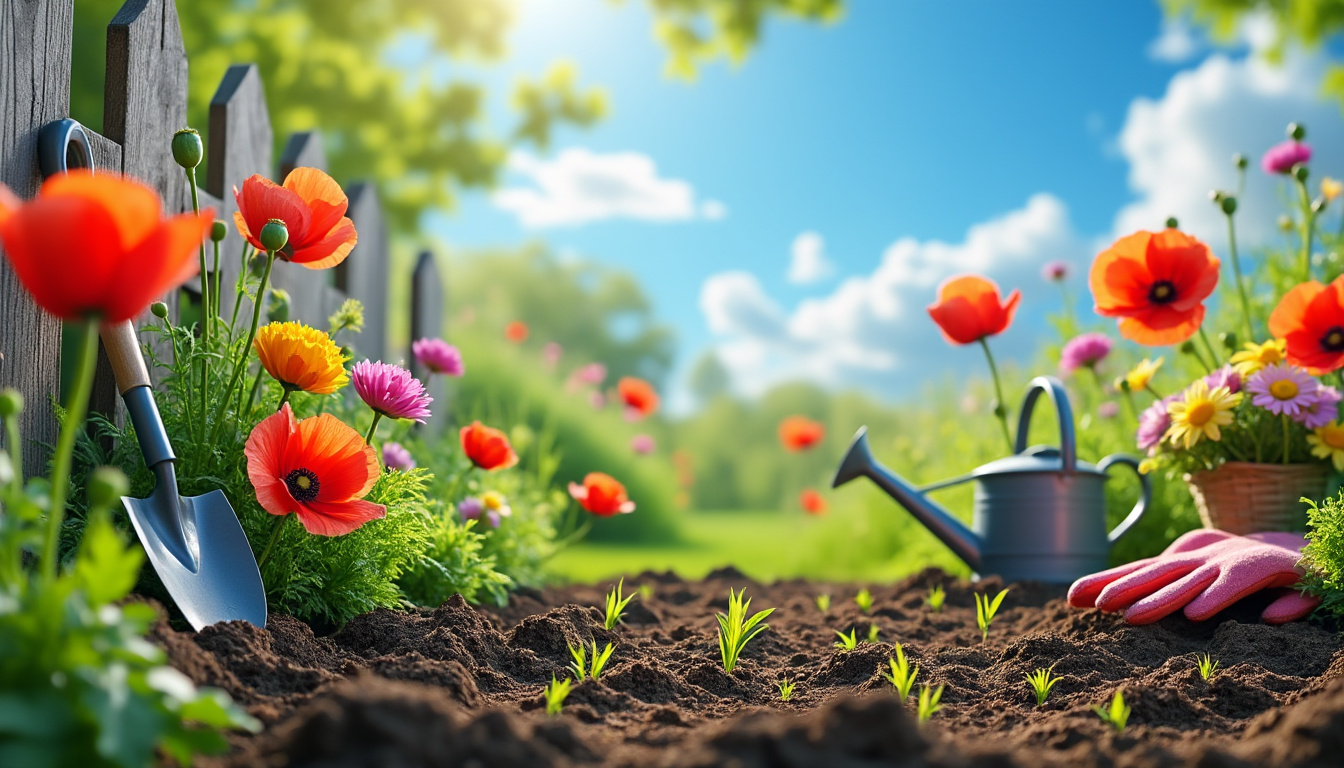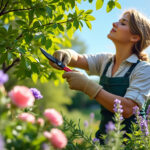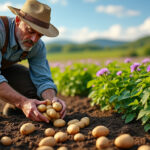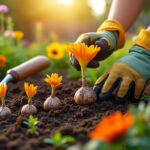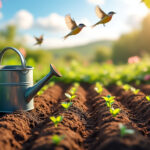Maximizing the beauty of your garden with poppies can be a rewarding experience. These delightful flowers are not only visually stunning but also relatively easy to cultivate from seed. However, timing plays a crucial role in ensuring their successful germination and flowering. Understanding when to plant poppy seeds can set the stage for a vibrant display in your garden. Here, we will delve into the best times to plant these gorgeous blooms, site preparation tips, and caring practices to achieve a thriving garden.
When to Plant Poppy Seeds
Choosing the right time to sow your poppy seeds is vital. Poppies generally do well when planted in either early spring or late fall, depending on your local climate. This approach allows the seeds to harness natural cold stratification, breaking dormancy and promoting germination when temperatures rise.
Spring Planting for Quick Growth
In cooler climates, early spring is often the best time to plant poppy seeds, ideally when there’s still a chance of frost. This helps the seeds undergo a natural cold treatment, triggering germination while temperatures start to warm.
Fall Planting for Natural Stratification
Conversely, in milder regions, fall planting can be a superior method, allowing seeds to overwinter. The moisture from melting snow in spring provides the ideal conditions for germination as temperatures rise.
Identifying the Right Poppy Varieties
To maximize your success, it’s essential to consider the type of poppy you wish to grow. Different varieties have varying needs regarding planting and care.
| Poppy Variety | Type | Best Planting Season | Notes |
|---|---|---|---|
| Flanders Poppy | Annual | Early Spring | Needs cold exposure for germination. |
| Opium Poppy | Annual | Early Spring | Requires some frost for best results. |
| Icelandic Poppy | Perennial | Fall | Prefers rich, well-drained soil. |
| California Poppy | Annual | Fall | Reseeds easily, ideal for naturalizing. |
This flowering shrub requires no watering: the ideal solution for vibrant flower beds
Preparing the Planting Site
Successful germination lies in proper site preparation. Here are key steps to create an optimal environment for your poppies:
- Soil Quality: Poppies thrive in rich, well-draining soil. Amending your garden beds with compost can enhance nutrient availability.
- Sunlight Exposure: Select a sunny location that receives at least 6-8 hours of sunlight daily, as poppies need ample light for optimal growth.
- Sowing Method: Lightly scatter seeds onto the soil surface and press them down gently to ensure contact with the soil. Avoid covering them too deeply since poppy seeds require light for germination.
- Watering: Keep the soil consistently moist but avoid heavy watering. Using a fine spray helps to prevent disturbing the seeds.
Cultivating and Caring for Your Poppies
Once your poppies are planted, maintaining them is vital for fostering healthy growth and enchanting blooms.
Watering and Nutritional Needs
Poppies are relatively low-maintenance when it comes to watering. It’s crucial to allow the soil to dry out between watering sessions to avoid common issues like root rot.
- Watering: Water sparingly to encourage deep root systems.
- Fertilizer: Most poppies thrive in poor soils and require little additional fertilizer, except perhaps for Icelandic poppies, which may benefit from light feeding in spring.
Weed and Pest Management
Weeds can compete with your poppies for nutrients and water. Regular weeding and mulch application can significantly help minimize competition. For pest control, natural remedies such as neem oil can be effective against common intruders.
Maximizing Poppy Growth and Flowering
For a stunning display of blossoms, consistent sunlight and adequate spacing between plants are essential. Annual varieties like the Papaver somniferum thrive under these conditions, helping to produce an impressive floral show.
Spacing and Deadheading
To prevent overcrowding, aim for 6-8 inches of space between seedlings. Deadheading spent blooms encourages further flowering, extending the beauty of your poppy patch throughout the season.
| Plant Type | Sunlight Needs | Recommended Spacing |
|---|---|---|
| Annual Poppies | Full sun (6-8 hours) | 6-8 inches apart |
| Perennial Poppies | Full sun | 6-8 inches apart |
Lastly, enjoy the process of cultivating your poppies, whether it’s gathering seeds to create new plants or appreciating their seasonal beauty. This year, consider experimenting with different varieties from reputable seed companies like Burpee, Park Seed, or Johnny’s Selected Seeds to enhance your garden. 🌱🌸
FAQ
How do I know when to plant poppy seeds?
Poppy seeds can be planted in early spring or late fall, depending on your climate. Monitor soil temperatures and potential frost dates to decide.
Can poppies reseed themselves?
Yes, many annual poppy varieties, such as California poppies, have the ability to reseed themselves, creating a natural garden environment.
What type of soil is best for poppies?
Poppies prefer well-drained, sandy to loamy soil rich in organic matter for the best growth and flowering.
How often should I water poppies?
Water sparingly and allow the soil to dry out between watering. Overwatering can lead to root rot.
Do poppies require fertilizer?
Most poppies do not require much fertilizer, with the exception of Icelandic poppies that may benefit from light feeding in spring.

